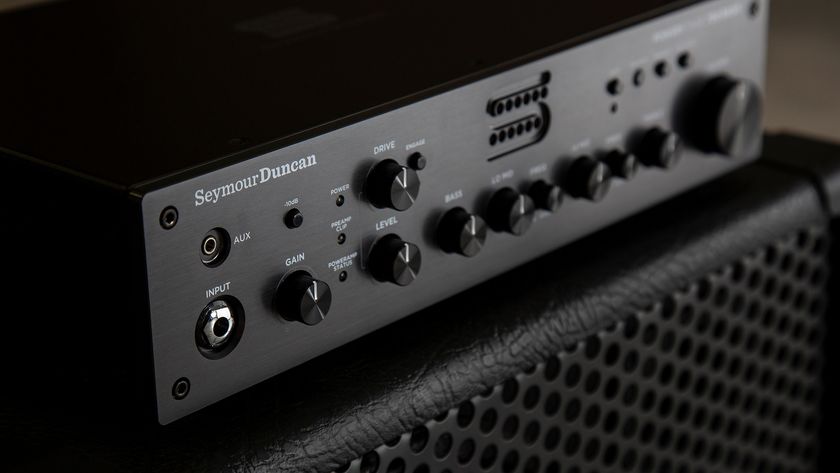Omar Apollo: “I got obsessed with it as a kid. I’d go to sleep with my guitar, which would be on my bed as much as I was!”
The R&B wunderkind on his love of Prince, learning guitar from jazz cats and his guest-rich debut album, Apolonio
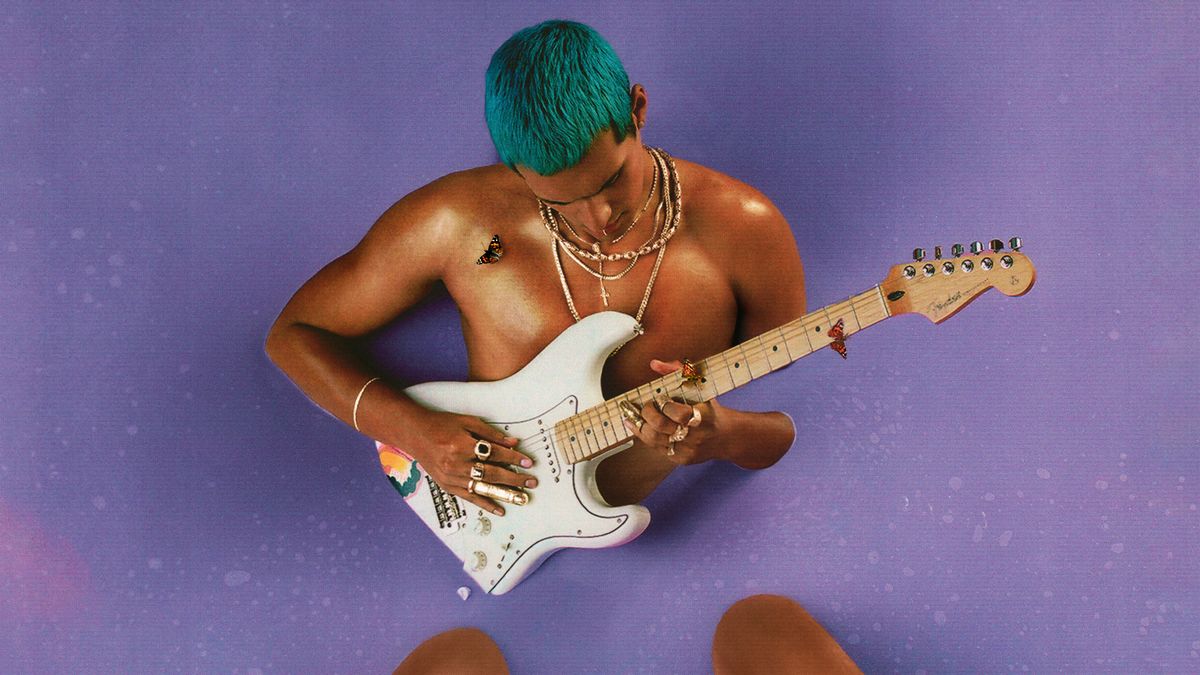
It’s quite fitting that Mexican-American R&B artist Omar Apollo was chosen for the opening night of Paisley Park’s new concert series, inviting rising stars of the modern age into Prince’s fabled creative sanctuary.
The singer/guitarist and multi-instrumentalist cites The Purple One as his first and foremost musical hero, and a huge contributing factor to the recent viral hits that have gained him mass recognition...
“I still can’t wrap my head around Paisley Park reaching out to me… it was crazy,” says Apollo. “There was the performance plus loads of behind the scenes footage of us checking out the stage, studio and rehearsal space. I’m the biggest Prince fan so it was super-exciting. I think he’s one of the greatest musicians that’s ever lived.
“My favorite songs are the ones like The Ballad Of Dorothy Parker and If I Was Your Girlfriend… I really liked his Sign ‘O’ The Times album.
“I recently found this demo on YouTube called Nightingale which is insane. I also love his version of Nothing Compares 2 U, plus other tracks like Lady Cab Driver, Darling Nikki, Crazy You, So Blue, Gotta Broken Heart Again... I could just keep going!”
The singer/guitarist’s debut album, titled Apolonio, landed last month and featured guest appearances from Kali Uchis and Ruel, as well as production collaborations with Albert Hammond Jr. from The Strokes, Mk.gee, DJ Dahi, and Michael Uzowuru.
It’s been a busy end to the year for the Indiana-born 23 year-old...
Get The Pick Newsletter
All the latest guitar news, interviews, lessons, reviews, deals and more, direct to your inbox!
What originally made you decide to pick up the guitar?
“I started around the age of 12 when I got one for Christmas. I didn’t really have a guitar hero in mind – I just thought the guitar itself was really cool. There was a lot of stuff on YouTube, so I’d watch other people playing or even watch music videos and pause them to try and copy the finger positions...”
Do you remember which songs you’d try to learn?
“I was learning Metallica stuff like Nothing Else Matters, plus a bunch of random open-tuning stuff by The Red Jumpsuit Apparatus. I’m not the hugest metalhead, but I definitely think some of it is really cool.
“I just needed something to learn and the Metallica stuff felt like the most accessible thing at the time. I knew it sounded big so figured it would be good to learn. And it was a lot of fun for me. I got obsessed with it all as a kid. I’d go to sleep with my guitar, which would be on my bed as much as I was!”
I just needed something to learn and the Metallica stuff felt like the most accessible thing at the time
And as for the funk and jazz chords, how did you learn which shapes worked best for you?
“Around 17 or 18 I started listening to this album called Ego Death by the band The Internet. I was working in the back at a McDonald’s at the time and remember going home one time, telling myself I needed to get a new guitar because my old one had been stolen. I actually went about two years without a guitar so I had to go out and get back into it!
“So I bought one from a pawn shop for $40 and learned some jazz chords from YouTube. 7th chords, 9th chords, augmented chords… all that weird shit. Then I started working at a guitar shop and there were a few jazz guys who would come in – not to buy anything but just to play – so I would ask them what chords they were using and they would show me.
“From there I got into James Brown and David Bowie, then Bootsy and Prince. Maggot Brain by Funkadelic was another big one for me. It just went from there!”

Was there much theory involved or were you mainly just memorizing different shapes?
“I don’t know any theory – it’s all muscle memory. I have no idea about the circle of 5ths – my friend was trying to teach me it but it takes a while. I’m going to get it eventually! What I do is learn a chord and then find all the other chords that sound good with that first one and memorize it all.
“That’s how I started playing keys too. It’s all about where I can go from the first chord and then moving around until I find something. I don’t really know the names of anything other than major sevenths. As for the other ones, I know they sound nice and that’s about it!
“I find after a week of making music I start to get in the zone. It’s nice to clear your day for music and stay there until the inspiration hits, even if you’re just watching a show or whatever. Sometimes you get inspired randomly when you’re out, so you make a voice memo. There’s no telling… when it comes, it comes!”
There are some really strong Latin flavors to Dos Uno Nueve, using some harmonic minor ideas for the leads...
I find after a week of making music I start to get in the zone. It’s nice to clear your day for music and stay there until the inspiration hits, even if you’re just watching a show or whatever
“My homies are playing that part, they’re amazing players. Edgar Rodríguez, who produced that song, put me in touch with them. We did a gig together and I realized how good they were, so I didn’t play on that one. It’s not really flamenco, it’s corridos.
“My parents are from Guadalajara and they had me in the United States. My dad came over when he was about my age and my mom came over when she was 29, so he’d been here for a while before they met through a mutual friend in Mexico.
“They brought her over here and crossed the border, and wanted to have their family here so we would have better opportunities. They decided to open up a restaurant.
“They also played us old '50s songs, all kinds of music as well as corridos, cumbia and all that stuff. That’s how I learned all of that kind of music, as well as American music like Jimi Hendrix.”
What are the main guitars in your collection?
“My white Strat is my favorite, though I didn’t use it for the cover – I didn’t want to ruin it, though I did keep the one on the artwork. I just got a Gibson Hummingbird, it’s from 1964 I think and has a lot of good energy to it. I’ve been writing a lot of songs since I got it. I probably have about eight or nine guitars in total...”
And what about amps and pedals?
“I have a Fender Deluxe Reverb, plus this fairly new Orange amp with tremolo [TremLord]. There’s also a Fender bass amp lying around, though I don’t really know what the wattage is... I haven’t been home in a while!
“I use this Mu-Tron pedal on a lot of songs like Stayback, a bit like a distortion wah. I have a lot of wah stuff and really like chorus on my guitar signal. I almost always record on the bridge pickup – I think it has a really cool Neil Young tone to it.
My dream collaboration would be with Rihanna, so I hope that can happen too one day
“I always cut off a bunch of low-end and boost a little bit of the highs - other times I might cut out the highs as well and keep it all in midrange. I like stereo delay a lot too, so everything sounds more full and bigger.”
Working with someone as big as Albert Hammond Jr. on your debut album must have felt like a big deal...
“He’s the G.O.A.T., man! Basically he kinda reached out to my manager and called me about doing some cool shit. He was super-nice and asked if I had anything I could send over for him to play on, so I did. Then he freaked out and put some more riffs on it, adding a section at the end.
“He came over and recorded with me. My dad made his tilapia soup and chatted to him, without any idea of who he is. I had to say, ‘You know he’s this guitar player from this really big band, right?!’ and he said, ‘Oh, good for you!’ We had a really cool conversation and dinner.
“I guess my dream collaboration would be with Rihanna, so I hope that can happen too one day.”
Apolonio is out now.
Amit has been writing for titles like Total Guitar, MusicRadar and Guitar World for over a decade and counts Richie Kotzen, Guthrie Govan and Jeff Beck among his primary influences as a guitar player. He's worked for magazines like Kerrang!, Metal Hammer, Classic Rock, Prog, Record Collector, Planet Rock, Rhythm and Bass Player, as well as newspapers like Metro and The Independent, interviewing everyone from Ozzy Osbourne and Lemmy to Slash and Jimmy Page, and once even traded solos with a member of Slayer on a track released internationally. As a session guitarist, he's played alongside members of Judas Priest and Uriah Heep in London ensemble Metalworks, as well as handled lead guitars for legends like Glen Matlock (Sex Pistols, The Faces) and Stu Hamm (Steve Vai, Joe Satriani, G3).
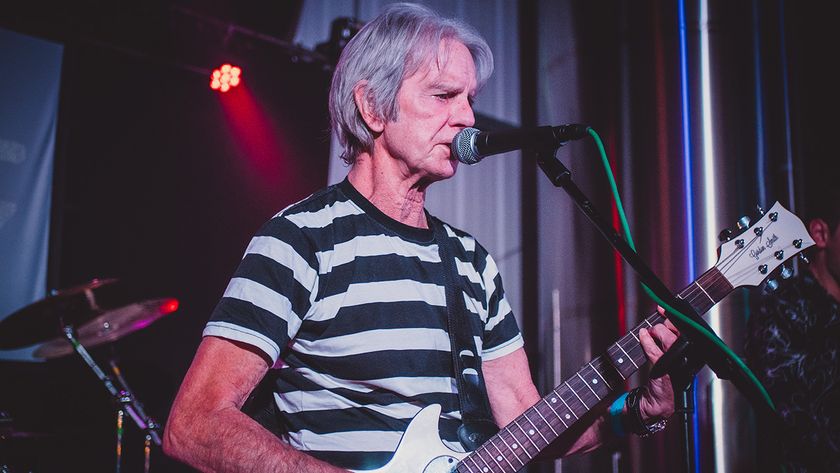
“I get asked, ‘What’s it like being a one-hit wonder?’ I say, ‘It’s better than being a no-hit wonder!’” The Vapors’ hit Turning Japanese was born at 4AM, but came to life when two guitarists were stuck into the same booth
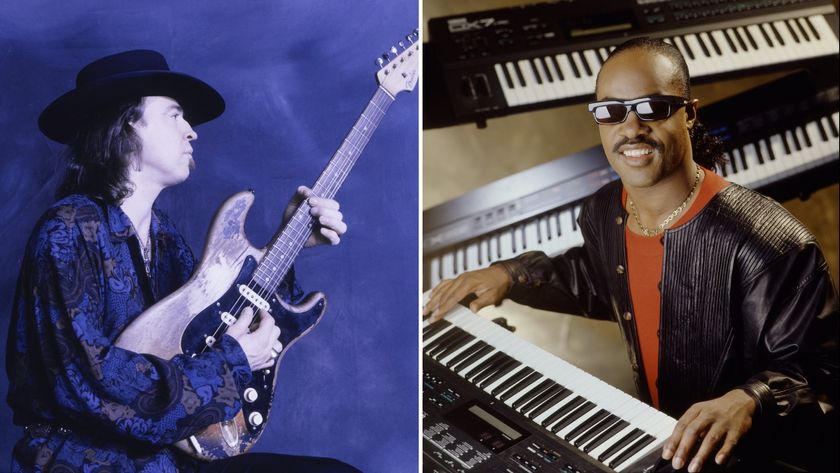
“Let's play... you start it off now, Stevie”: That time Stevie Wonder jammed with Stevie Ray Vaughan... and played SRV's number one Strat

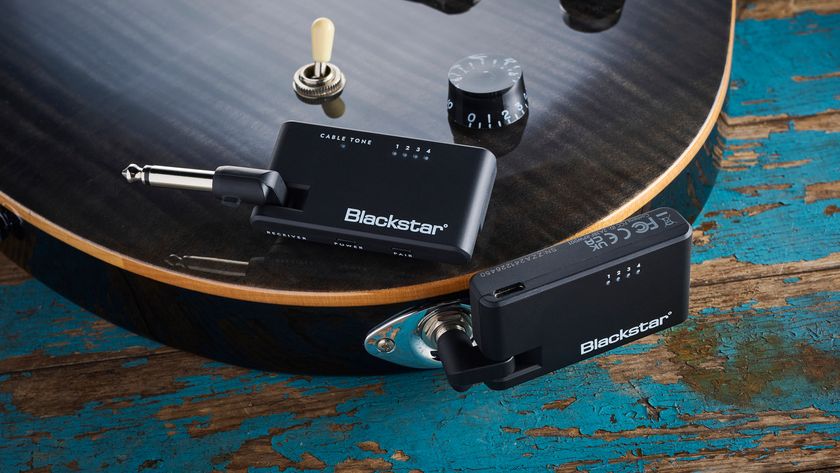
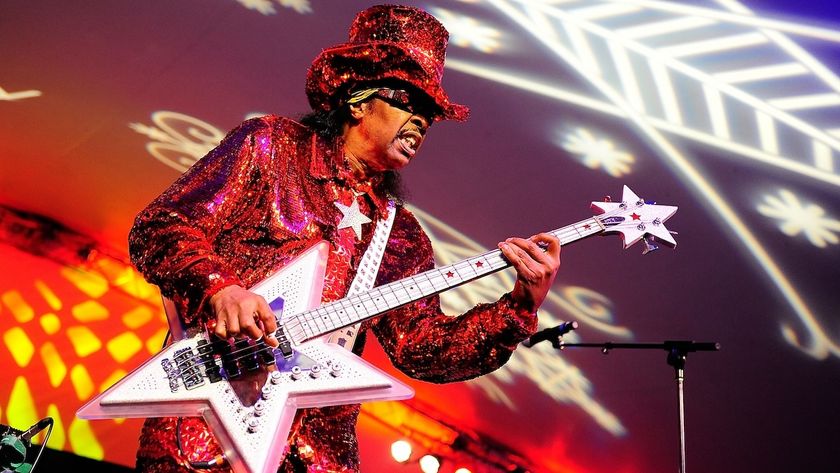


![[L-R] George Harrison, Aashish Khan and John Barham collaborate in the studio](https://cdn.mos.cms.futurecdn.net/VANJajEM56nLiJATg4P5Po-840-80.jpg)
